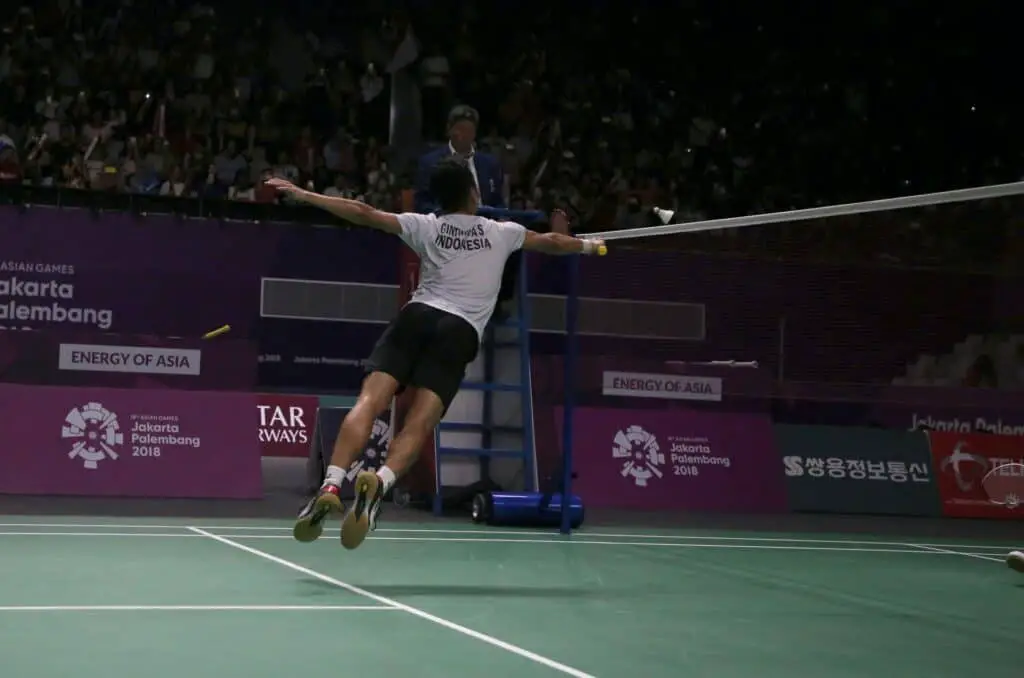In a sport as competitive as badminton, you don’t want to lose a point by fouling or making a mistake. Once you’ve identified all of Badminton’s flaws, you’ll truly understand the game.
All games have rules that we must follow or risk losing a point at a crucial stage, if not the entire game. If rules are broken then it is considered a fault and when two faults occur simultaneously in badminton it is known as a double fault. We sometimes make these mistakes without even realizing it. But don’t worry; keep reading to learn about all the possible faults and fouls in badminton so you don’t make them during a game.

1. Badminton Service fault:
When serving, there are a few things to keep in mind. A service fault is a very common error that a lot of players make. A service’s failure can be caused by a variety of factors.
The factors are as follows:
- the shuttle must be struck from below the waist, with the racket’s head pointing downward.
- The shuttle should be contacted at or below 1.5 metres from the ground surface, according to the latest BWF (Badminton World Federation) rules. Anything above that is regarded as a flaw.
- When serving, your feet must be firmly planted on the ground. Either your heel or toes can be lifted off the ground, but not both at the same time. It’s also considered a flaw to drag your feet while serving.
- You can’t do two things at once while serving. Once you begin swinging your racket, you must keep it going in the same direction. A pause or break in the swing is not possible.
- The server must serve above the net and diagonally into the opposite side. It is considered a fault if the service lands exactly opposite the serve.
- Any unnecessarily long wait for service can result in a fault being called by the referee.
2. Service Receiving faults in Badminton:
When returning or receiving a service, a player must keep a few things in mind to ensure that he or she is following the rules.

They are as follows:
- The receiver must never charge at the server/move before the service is completed. You are not permitted to move your feet away from where you are currently standing. Many players tend to leave before the server has started serving them. This will almost certainly result in a fault being called by the referee.
- To avoid distracting the server, the receiver must not make any gestures or sudden movements. The receiver will lose a point as a result of this.
3. Badminton Contact Faults
A fault occurs when a player touches the net or the player’s racket hits the net during play. Even if the player’s shuttle lands in his or her opponent’s court, the point will be awarded to the opponent.
4. Double Hit
It’s not allowed to hit the shuttle twice, and it’s considered a foul. In a game of doubles, for example, if the shuttle hits/touches one player’s racket or even body, it cannot be hit by his or her partner in order to continue the rally. When the shuttle touches the player’s body, the point is over.
Only one player can hit the shuttle at a time, even in doubles.
5 Over The Net Fault in badminton
It is said to be a fault if the shuttle has been hit by a player who believes it will come over the net when it does not. For the player to continue the point, the shuttle must always pass over the net.

Conclusion
In the above article, you must have come across the different types of faults in badminton. And if any of the two faults are performed simultaneously then it is known as a double fault.